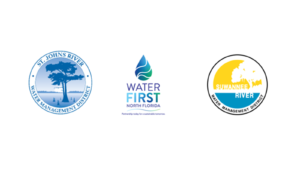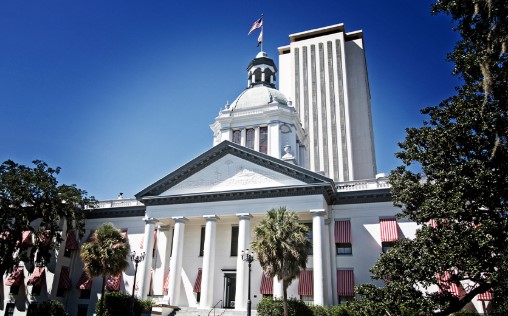By LINA ALFIERI STER,
MBA, MSRED,
LEED Green Associate

Energy-efficient buildings, especially those certified by the Leadership in Energy and Environmental Design (LEED) rating system, play a crucial role in reducing global greenhouse gas emissions and mitigating the effects of climate change.
Buildings account for about 40% of global energy consumption, and energy-efficient buildings can help reduce this consumption by up to 50% through the use of energy-efficient lighting, heating, and cooling systems, as well as sustainable materials and better ventilation and air-filtration systems.
LEED certification, developed by the United States Green Building Council (USGBC), evaluates the environmental performance and sustainability of buildings based on a range of criteria, including energy and water efficiency, indoor air quality, building materials, and site sustainability. LEED-certified buildings offer numerous benefits, including reduced energy consumption, improved indoor air quality, and economic benefits, such as lower operating costs, higher resale values, and premium rents.
LEED-certified buildings enhance energy efficiency by implementing a variety of sustainable design features and technologies; including but not limited to: energy-efficient lighting systems, high-efficiency HVAC systems, improved insulation, and building envelope design. These energy-efficient systems can help lower operating costs, providing long-term economic benefits for tenants and building owners. In addition to energy efficiency, LEED-certified buildings also prioritize the health and comfort of occupants.
The certification process includes criteria for indoor air quality, acoustic performance, and access to natural light and views. Creating a healthy and comfortable indoor environment is conducive to productivity and well-being. LEED-certified buildings prioritize the use of non-toxic and sustainable materials, which can further improve indoor air quality and reduce the environmental impact of building operations.
Overall, LEED-certified buildings strive to provide a sustainable and healthy indoor environment that benefits occupants, owners, and the environment.
To achieve LEED certification, a typical project might begin by forming a multidisciplinary team that will address LEED requirements and document the outcomes. Projects earn points by adhering to prerequisites and credits that address carbon, energy, water, waste, transportation, materials, health, and indoor environmental quality.
Projects go through a review process by the USGBC and are awarded points that correspond to one of four levels of LEED certification:
LEED Certified (40-49 points)
LEED Silver (50-59 points)
LEED Gold (60-79 points)
LEED Platinum (80+ points).
In 2022, USGBC surpassed 100,000 LEED-certified projects globally, totaling more than 11 billion certified gross square feet.
In the US, the number of projects certified in 2022 was 1,200+ and comprised more than 350 million gross square feet.
If you are engaged in building design or are involved in developing a site or construction project, it pays to check out LEED certification.
The United States Green Building Council (USGBC) provides numerous resources on their website at usgbc.org to aid in the certification process and the fees associated with certification.
























